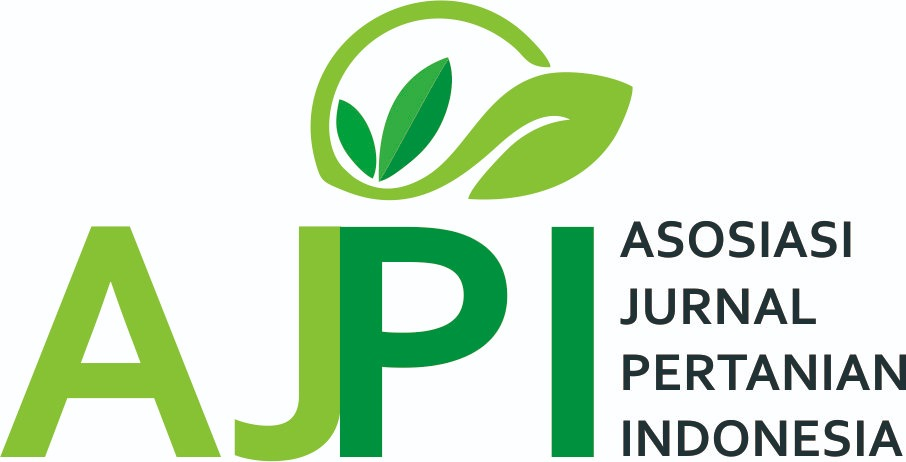RESPON PERTUMBUHAN TANAMAN PAKCOY (Brassica rapa L.) PADA BERBAGAI JENIS MEDIA TUMBUH DALAM SISTEM BUDIDAYA VERTIMINAPONIK
DOI:
https://doi.org/10.33005/plumula.v9i2.109Keywords:
ikan lele, kualitas air, media tanam, pakcoy, vertiminaponikAbstract
Vertiminaponik merupakan perpaduan antara budidaya tanaman (hidroponik) dan budidaya ikan (akuakultur) dalam satu tempat/lahan yang disusun secara vertikal. Dalam sistem vertiminaponik media tanam memegang peranan penting sebagai salah satu penentu pertumbuhan tanaman dan ikan. Tujuan penelitian ini adalah mengkaji media tanam terbaik untuk pertumbuhan dan hasil pakcoy serta pertumbuhan dan hasil ikan lele pada sistem vertiminaponik. Penelitian menggunakan rancangan acak kelompok (RAK) dengan satu faktor yaitu media tanam yang terdiri atas empat taraf, yaitu pecahan batu bata, pasir malang, kerikil dan zeolit. Hasil penelitian menunjukkan, media tanam pasir malang menghasilkan berat kering total dan berat segar total hasil panen pakcoy tertinggi yaitu 12,42 g dan 240,72 g. Media tanam zeolit memberikan hasil bobot ikan lele tertinggi yaitu 11,75 kg, namun berbeda tidak nyata dengan media pasir malang (11,03 kg).
Downloads
Downloads
Published
How to Cite
Issue
Section
License

This work is licensed under a Creative Commons Attribution 4.0 International License.
Authors who publish with this journal agree to the following terms:
- Authors retain copyright and grant the journal right of first publication with the work simultaneously licensed under a Creative Commons Attribution License that allows others to share the work with an acknowledgement of the work's authorship and initial publication in this journal.
- Authors are able to enter into separate, additional contractual arrangements for the non-exclusive distribution of the journal's published version of the work (e.g., post it to an institutional repository or publish it in a book), with an acknowledgement of its initial publication in this journal.
- Authors are permitted and encouraged to post their work online (e.g., in institutional repositories or on their website) prior to and during the submission process, as it can lead to productive exchanges, as well as earlier and greater citation of published work (See The Effect of Open Access).











